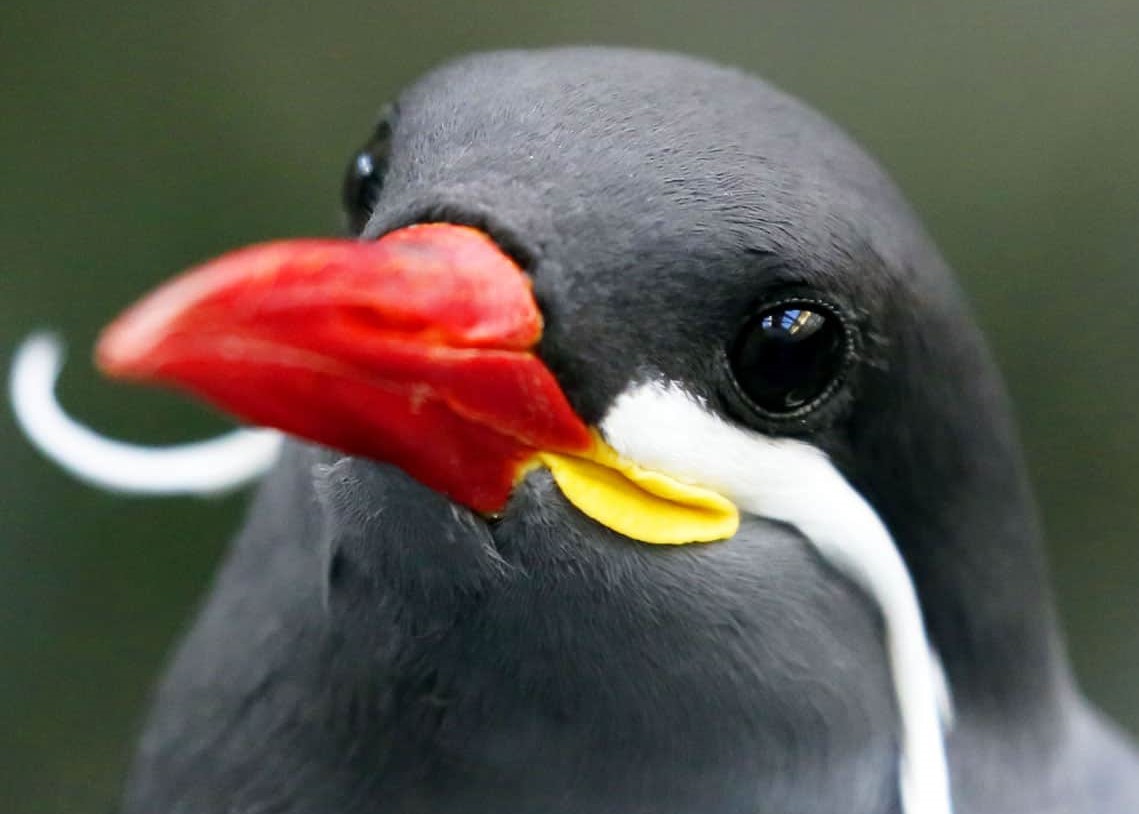Blacksand Snail
Dotting the beaches of the Spicy Sands are blacksand snails. These tiny gastropods are semi-aquatic and can frequently be found both on dry land and within rockpools. Their spherical eggs are made into a type of snail caviar, common food for locals but a prized treat to foreigners.
The shell of these snails are spirally coiled. 99.999% of blacksand snails have a shell pointing to the left, but a genetic mutation can cause it to point to the right. These shells are black in colouration with small grey and yellow specks, barely visible to the naked eye.
Habitat
These snails used to cover the Spicy Sands in their thousands but have mostly disappeared in the wild. In the last hundred years, the population has decreased from an estimated thirteen million to just two million. The vast majority of snails are now found in captivity, in large snail caviar farms.
They enjoy tropical climates and high, dry temperatures. To survive the frequent sandstorms in the Spicy Sands, these snails glue themselves inside crevices in between large rocks. Many are crushed if winds are particularly strong and rip up rocks from the ground.
Snail Caviar
Snail caviar is not as popular as typical fish caviar as few people can stomach eating anything in relation to snails. Despite this it is consumed all over Mycela and its neighbouring continent Agara.
These snails lay eggs every other day making harvesting a breeze. Both males and females attach between a hundred to three hundred tiny eggs on a large pebble or rock, which are scraped off and gently cleaned. The eggs are salt-cured; the amount of salt will depend on the region and personal tastes.










oooo theyre adorable
yuhhhssss :D